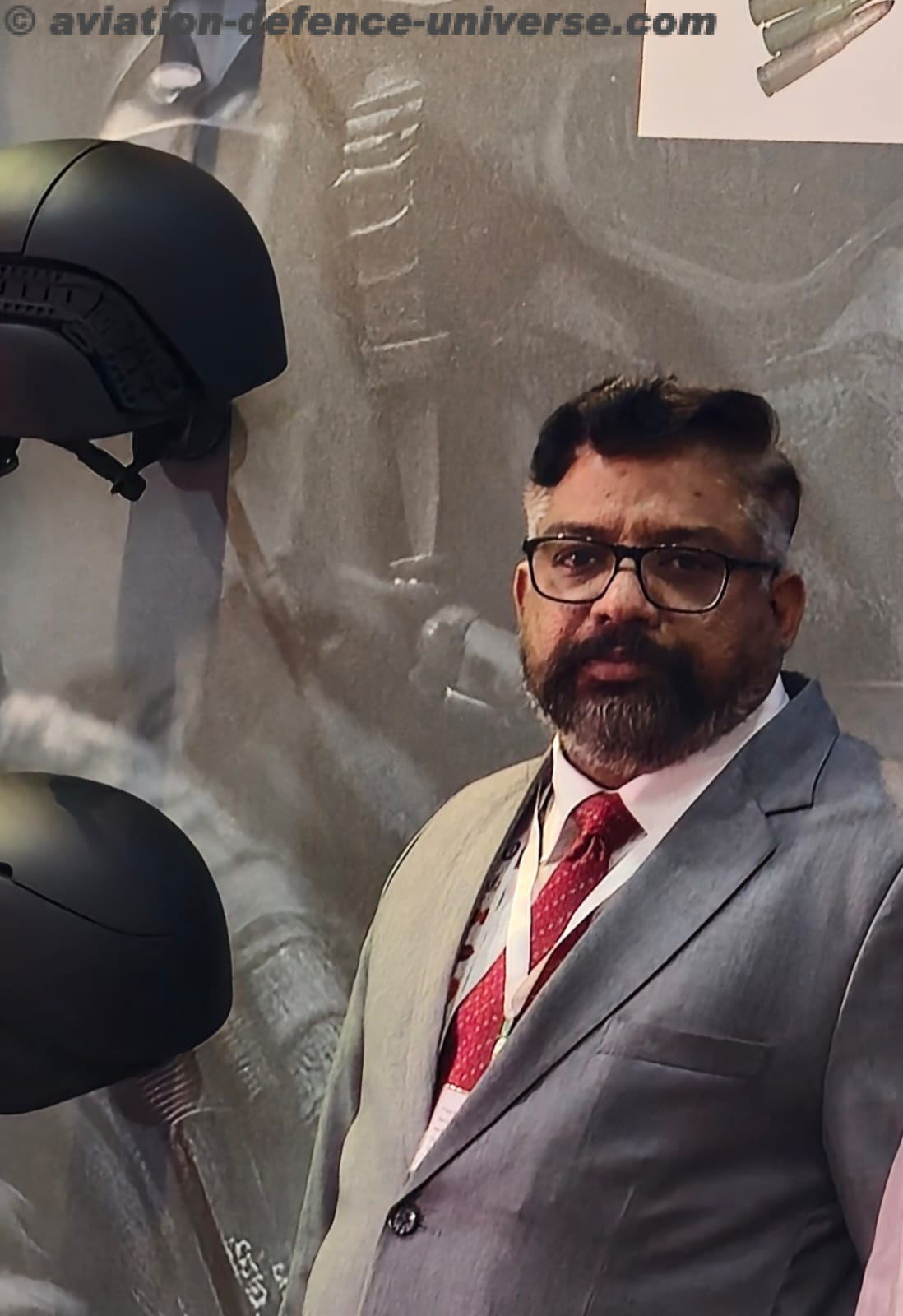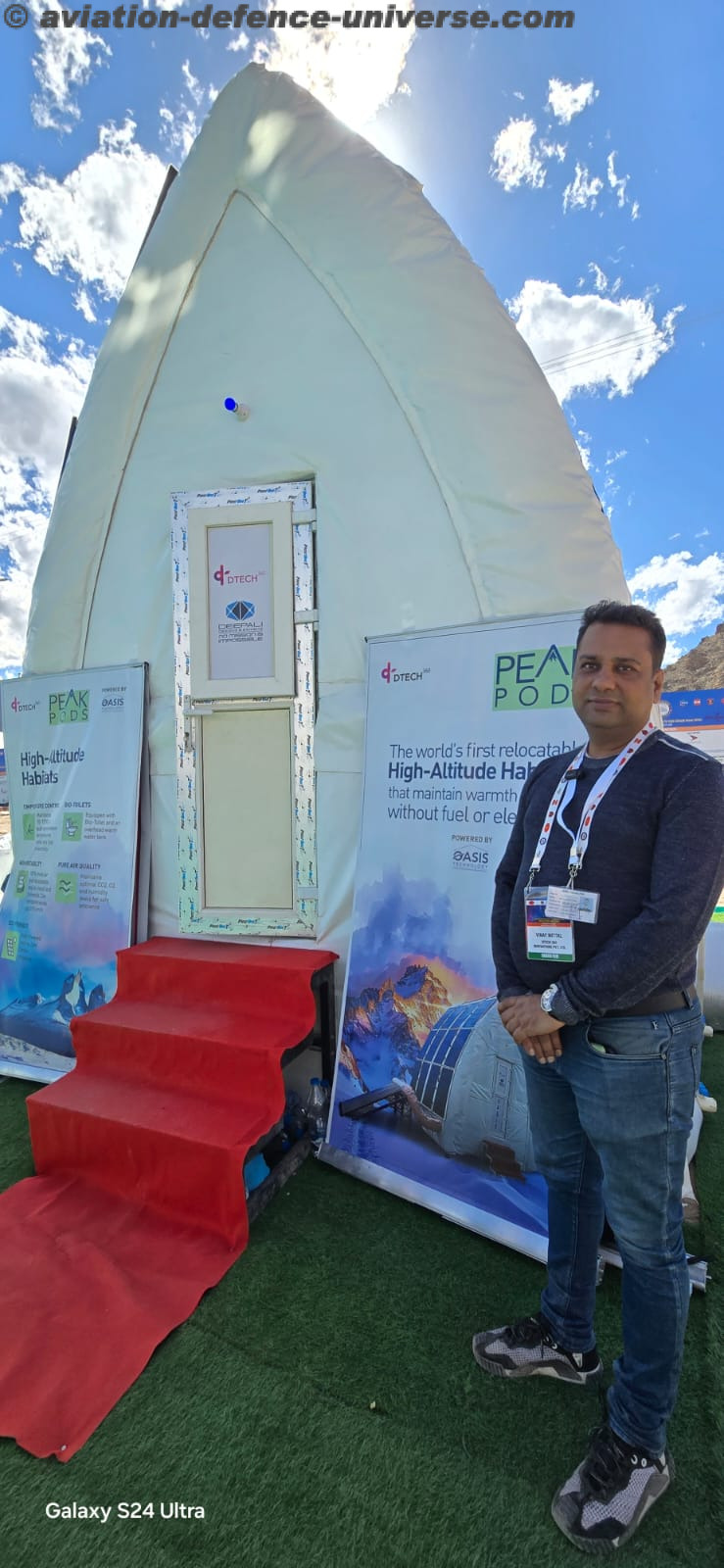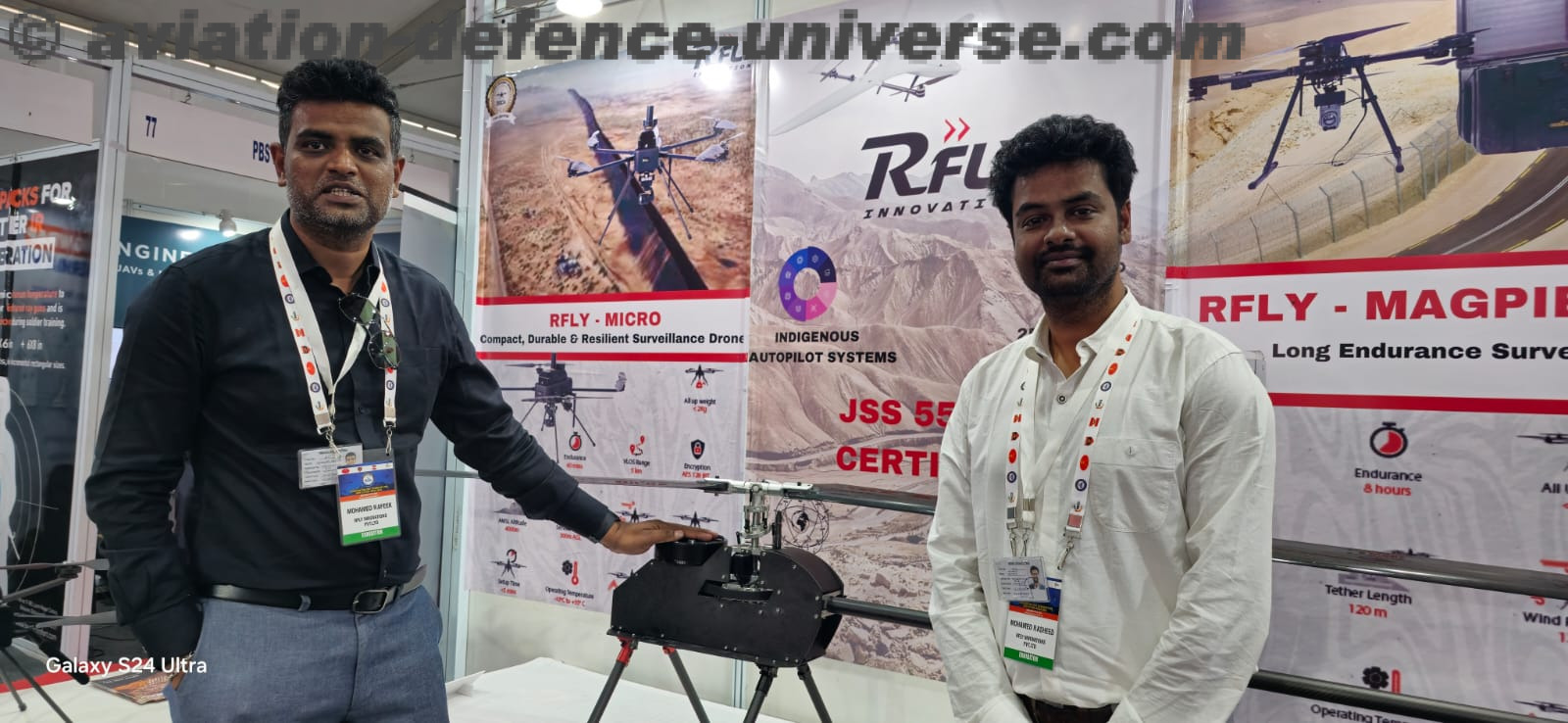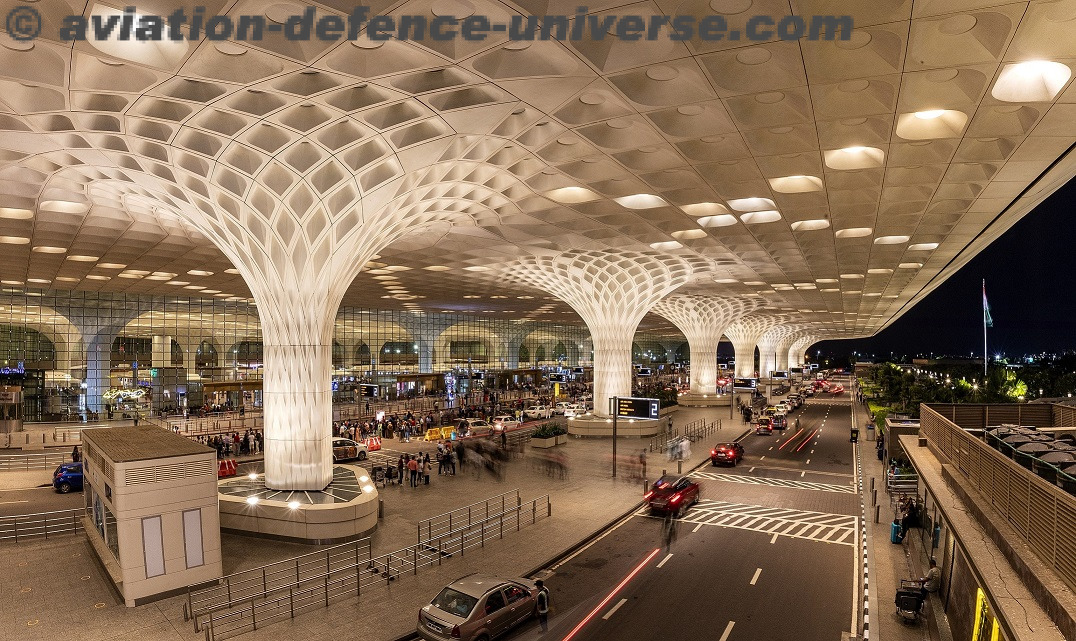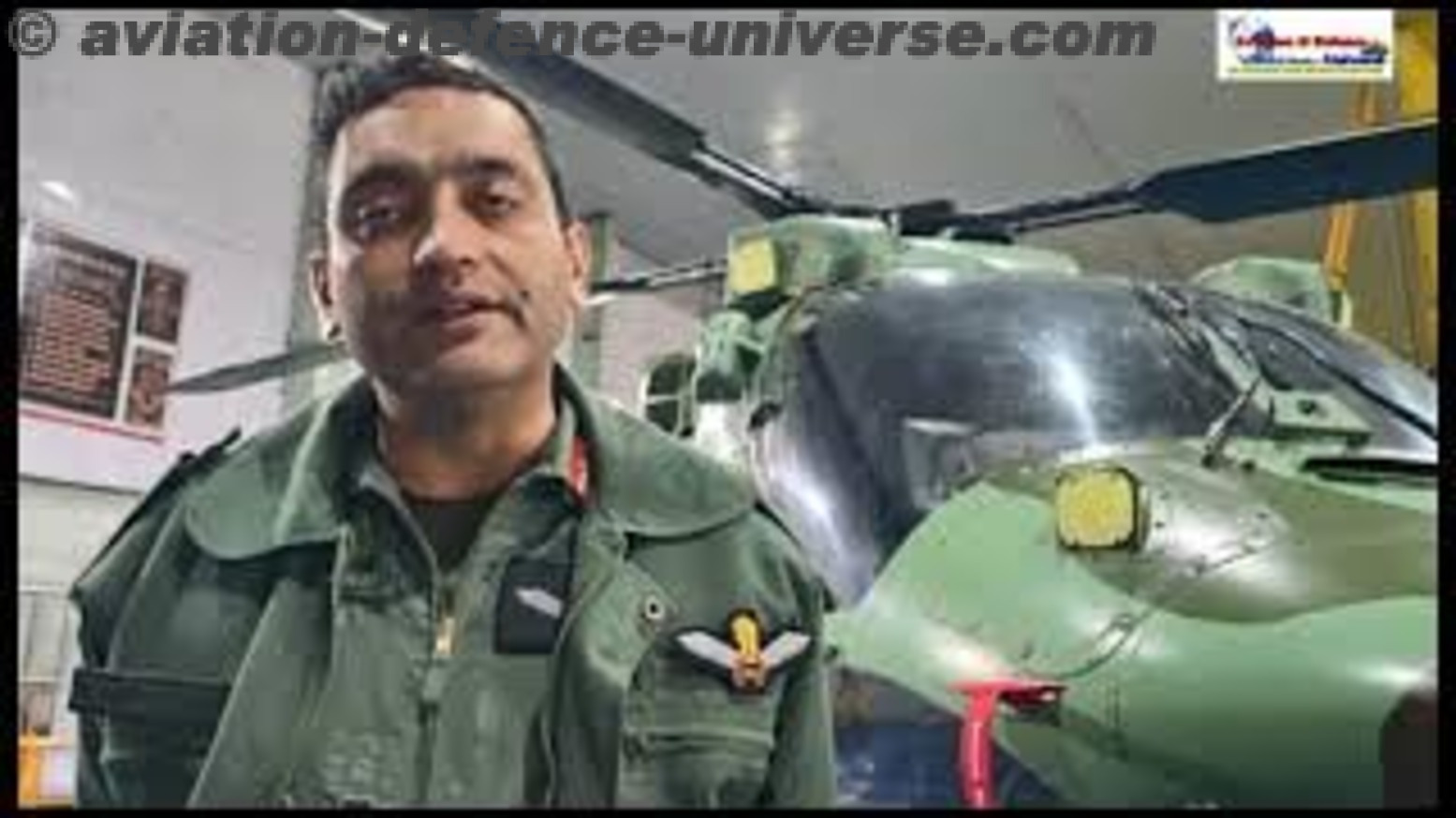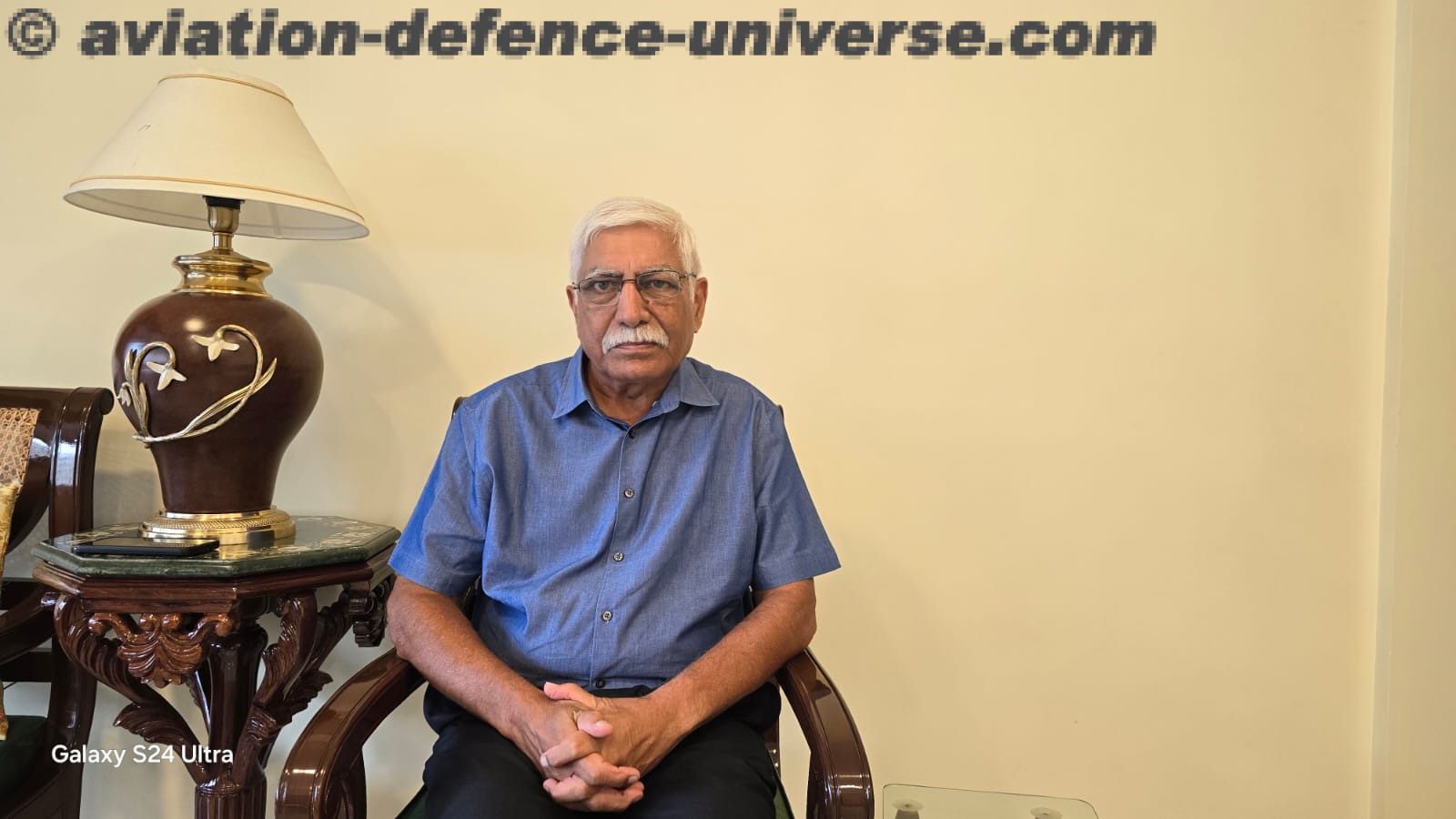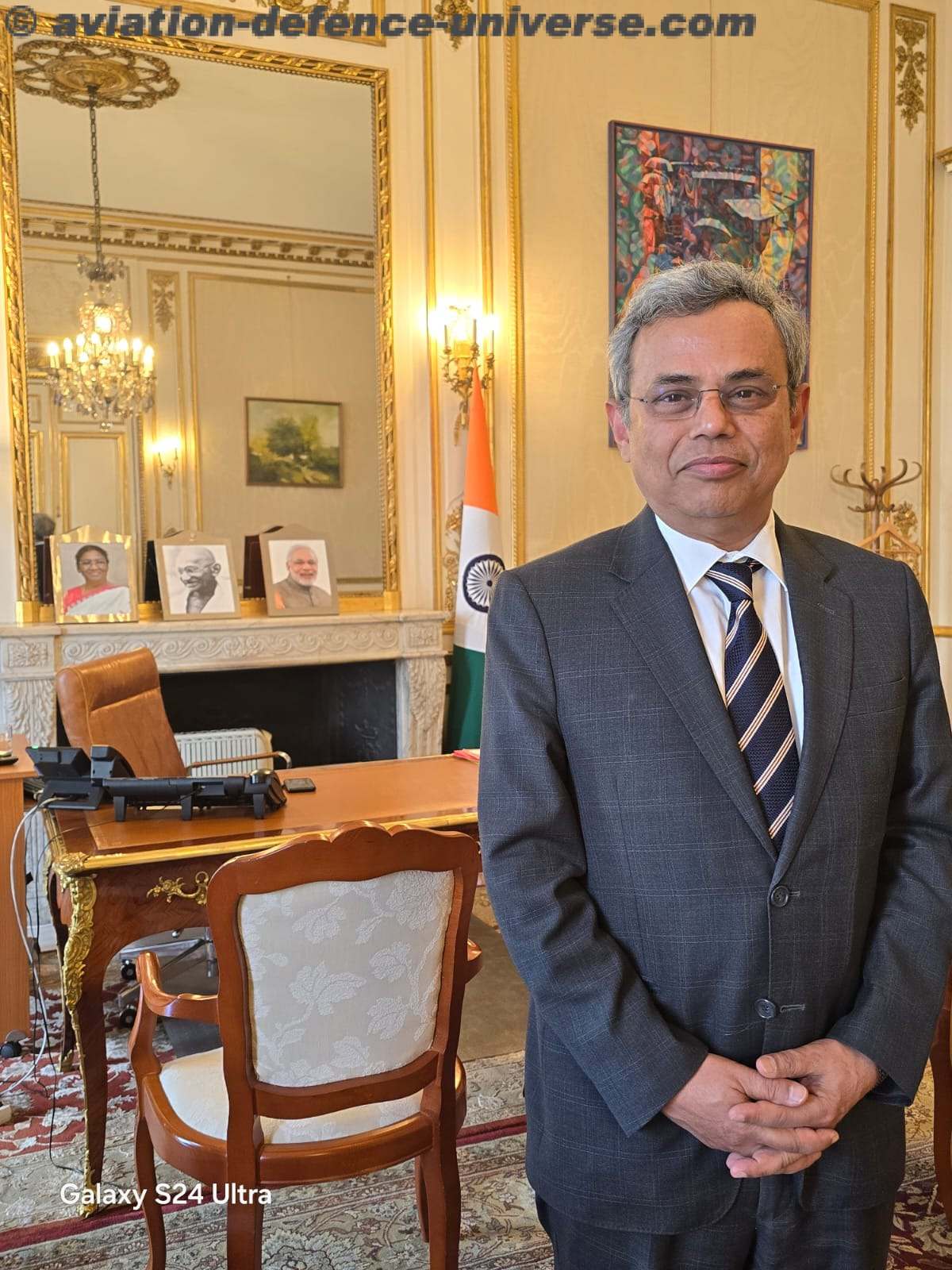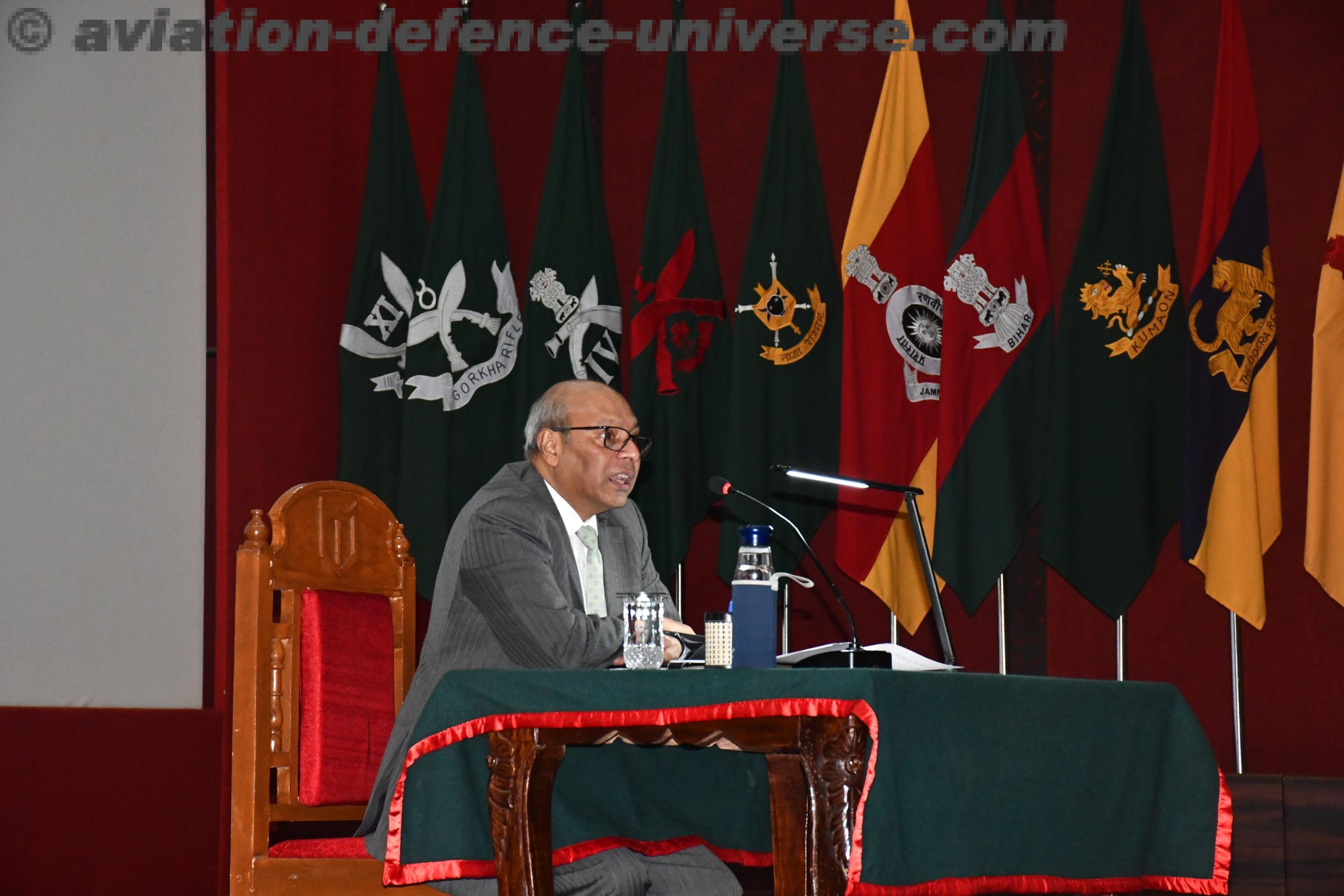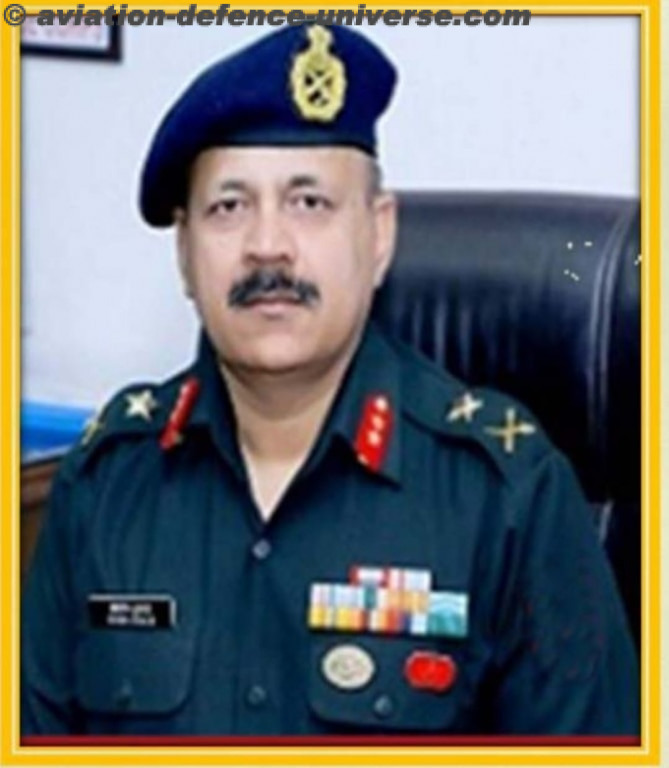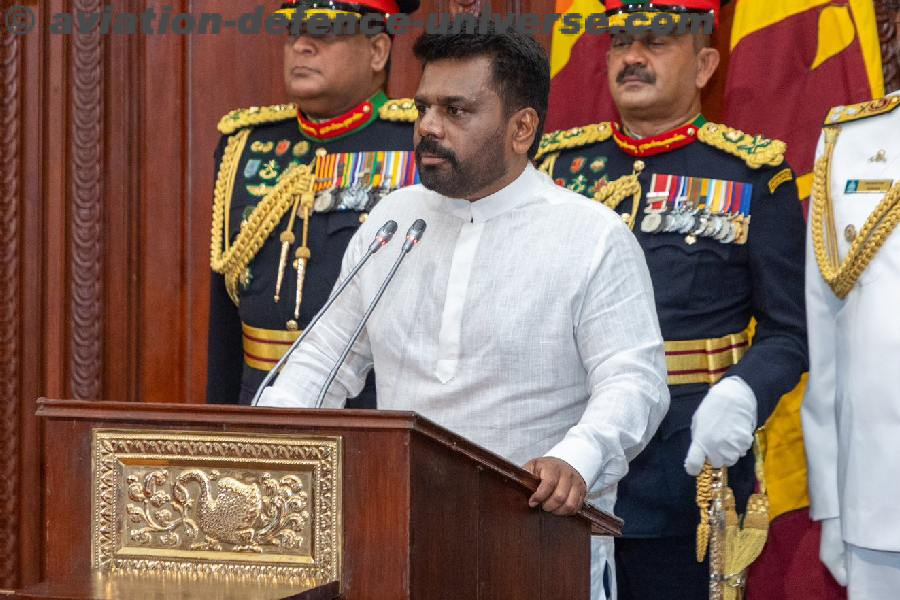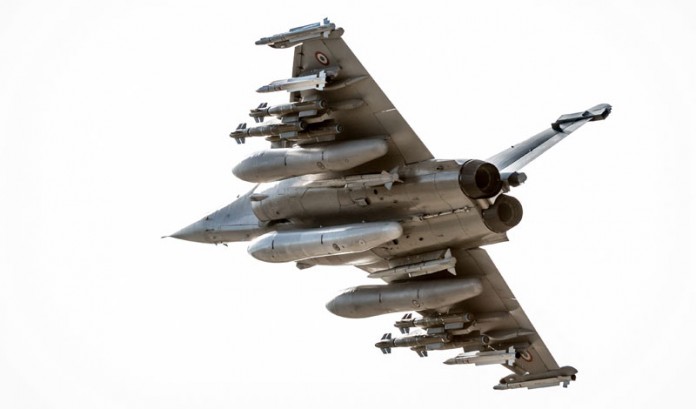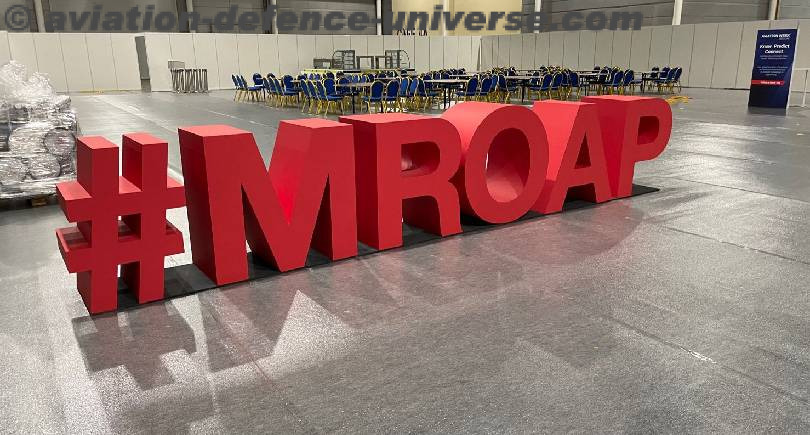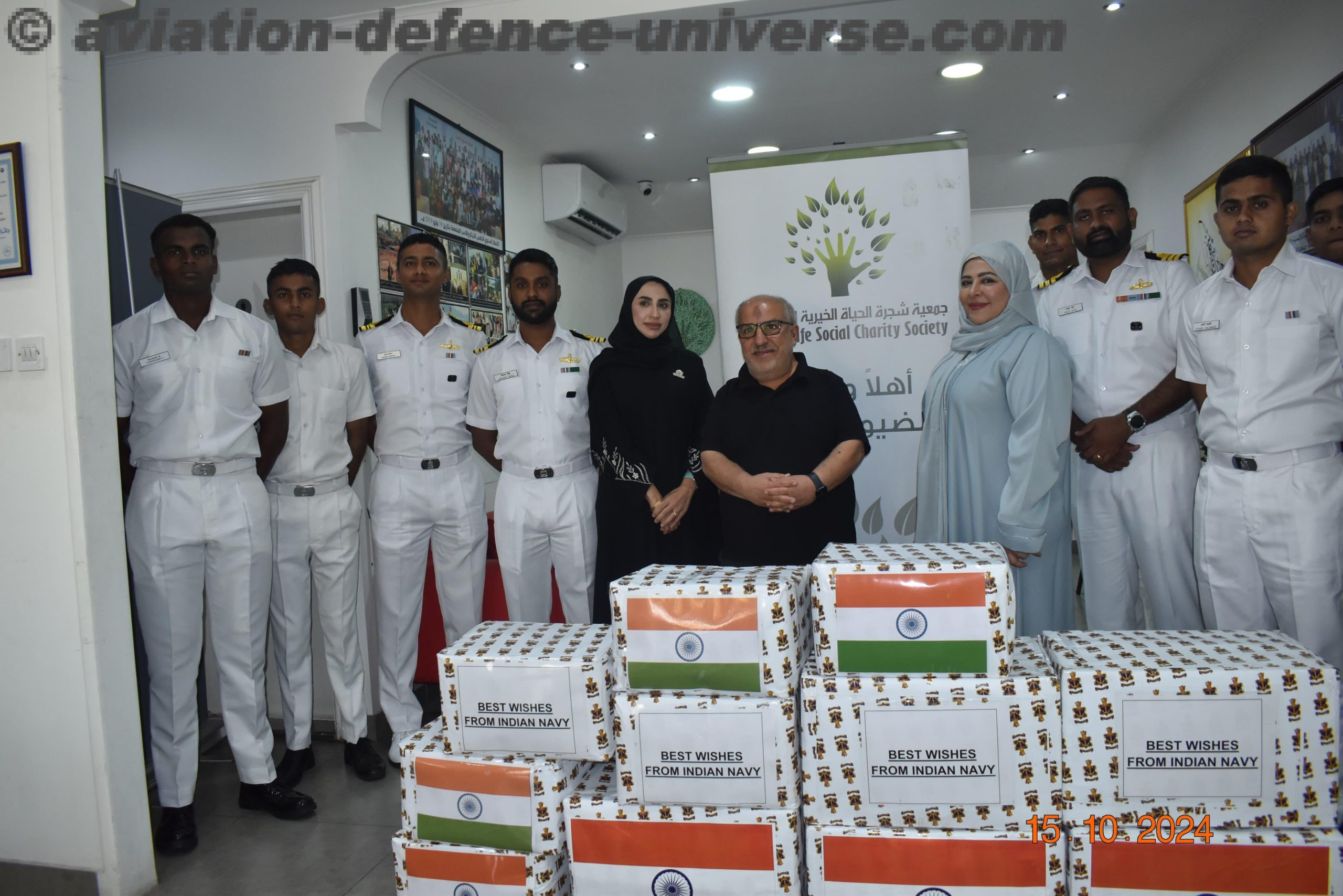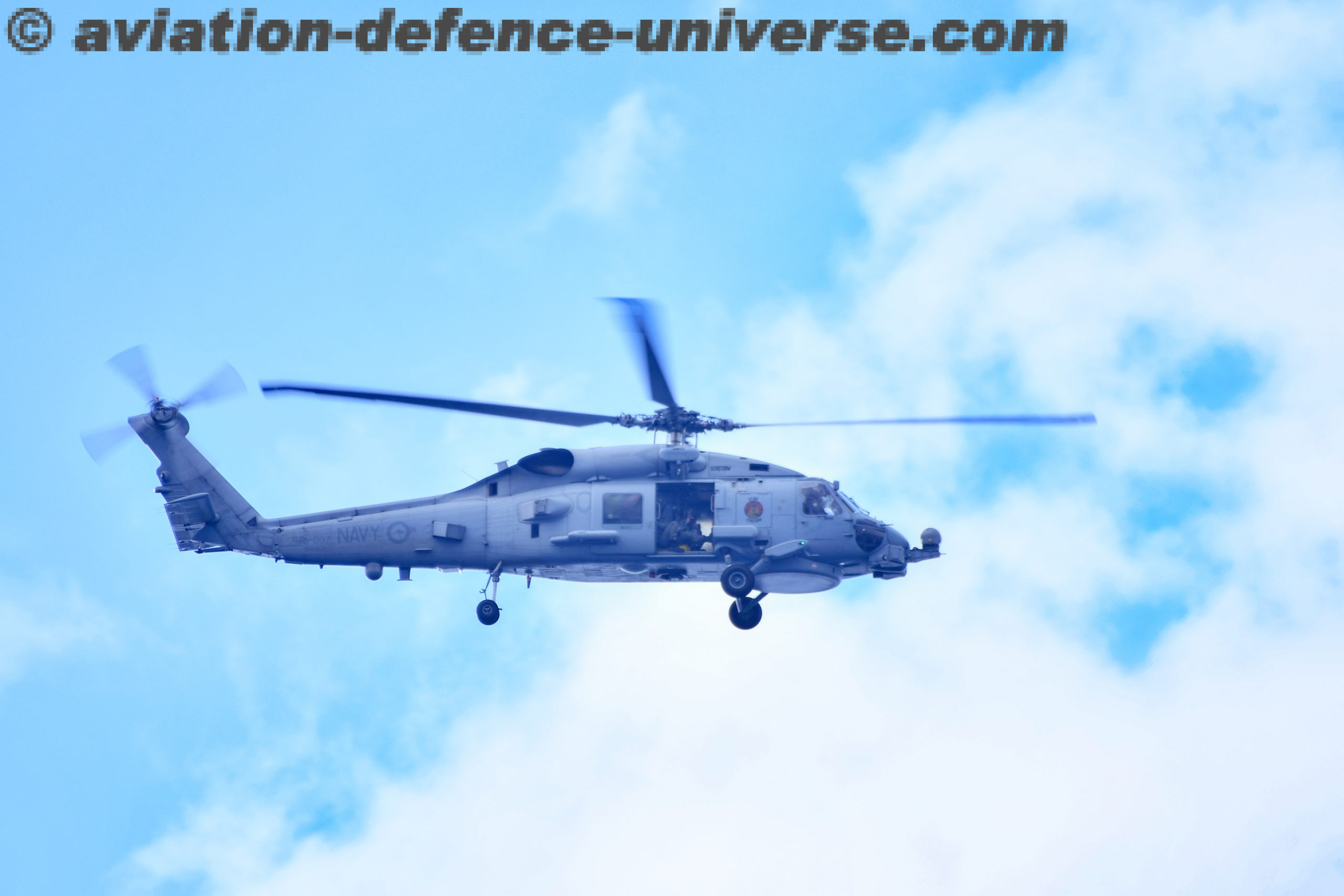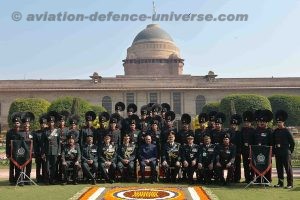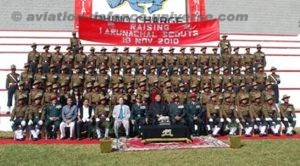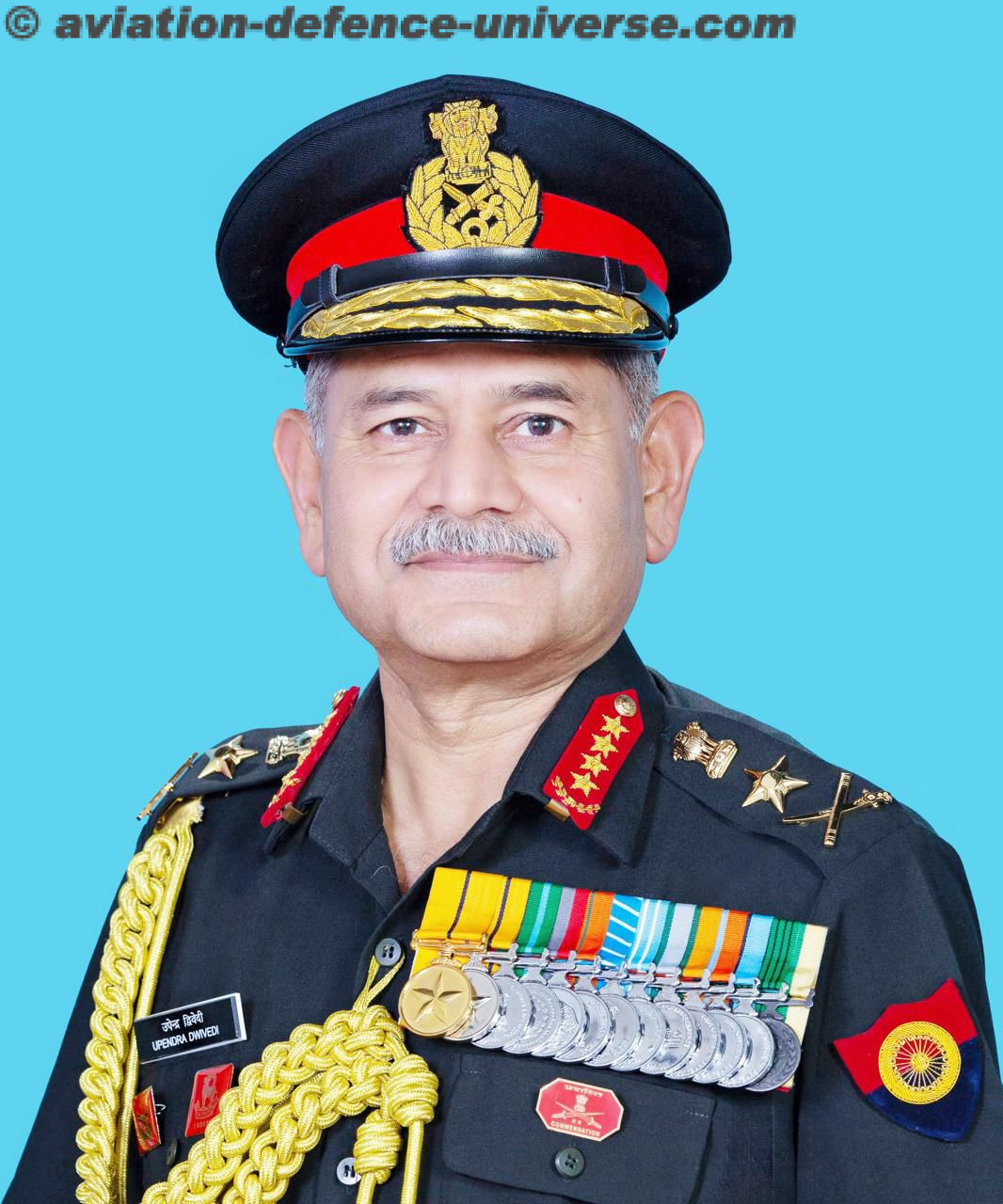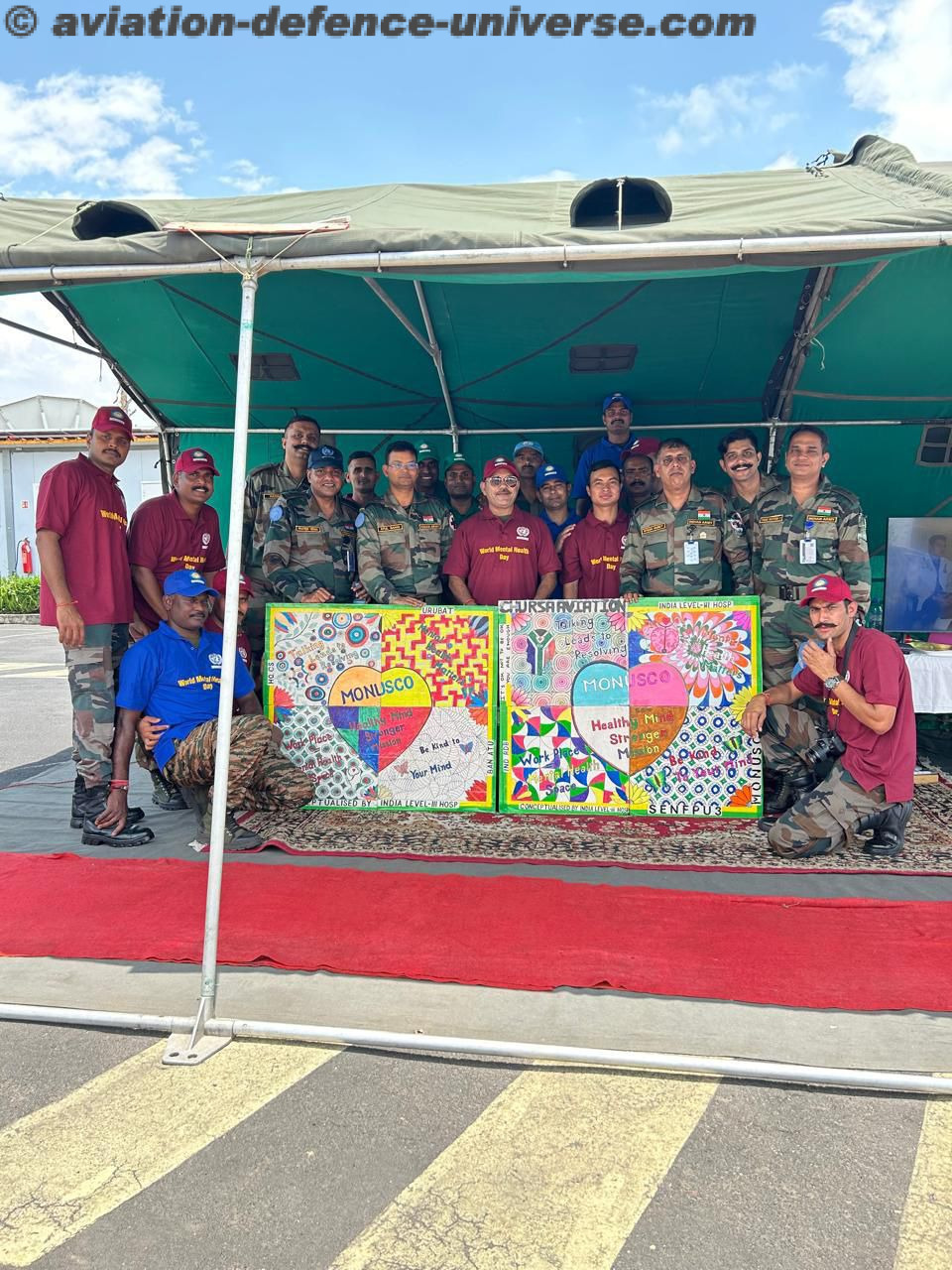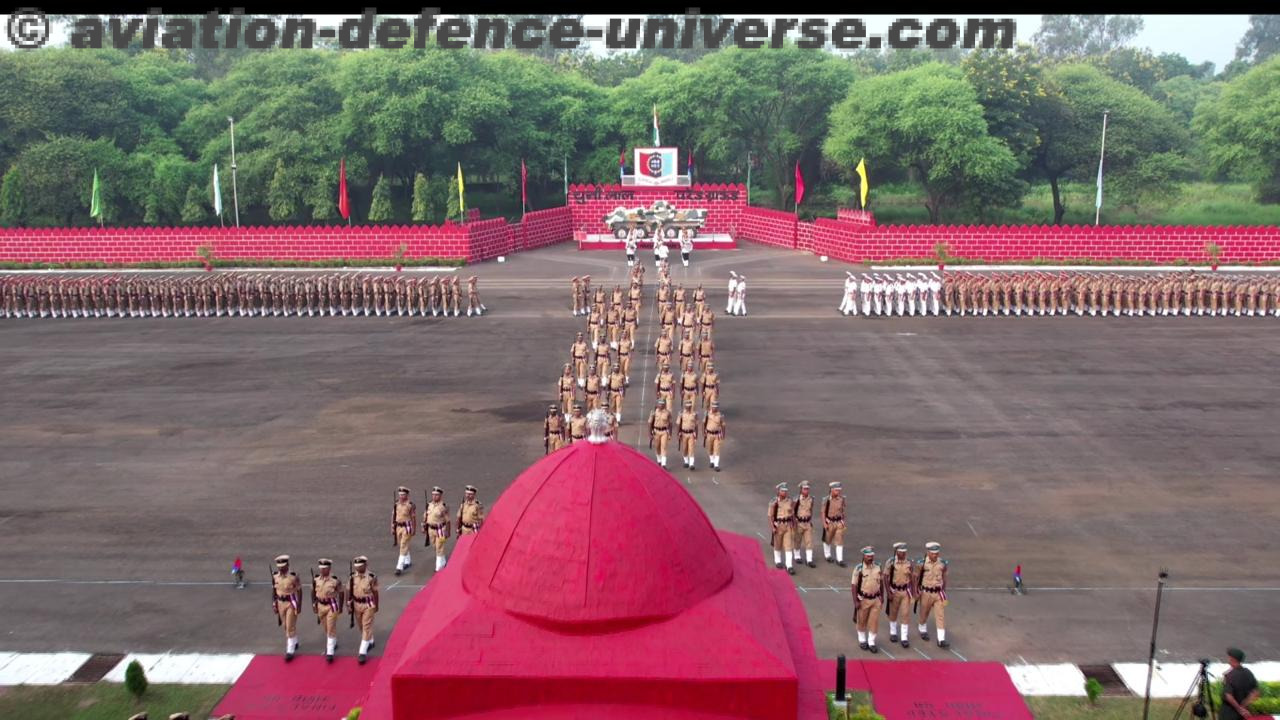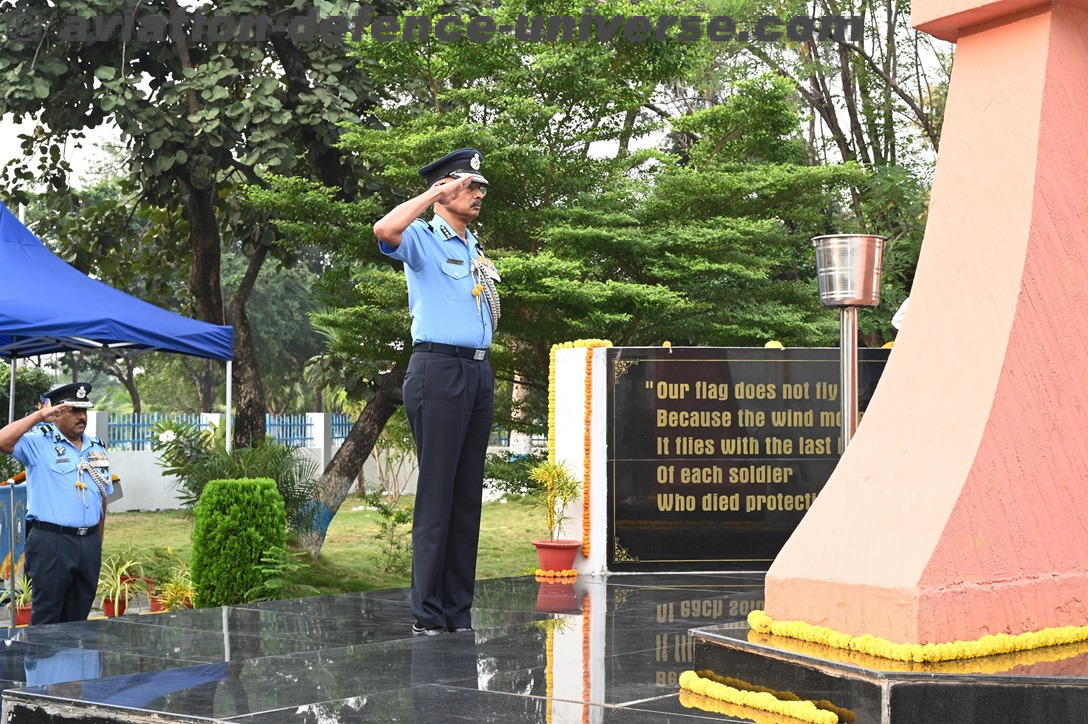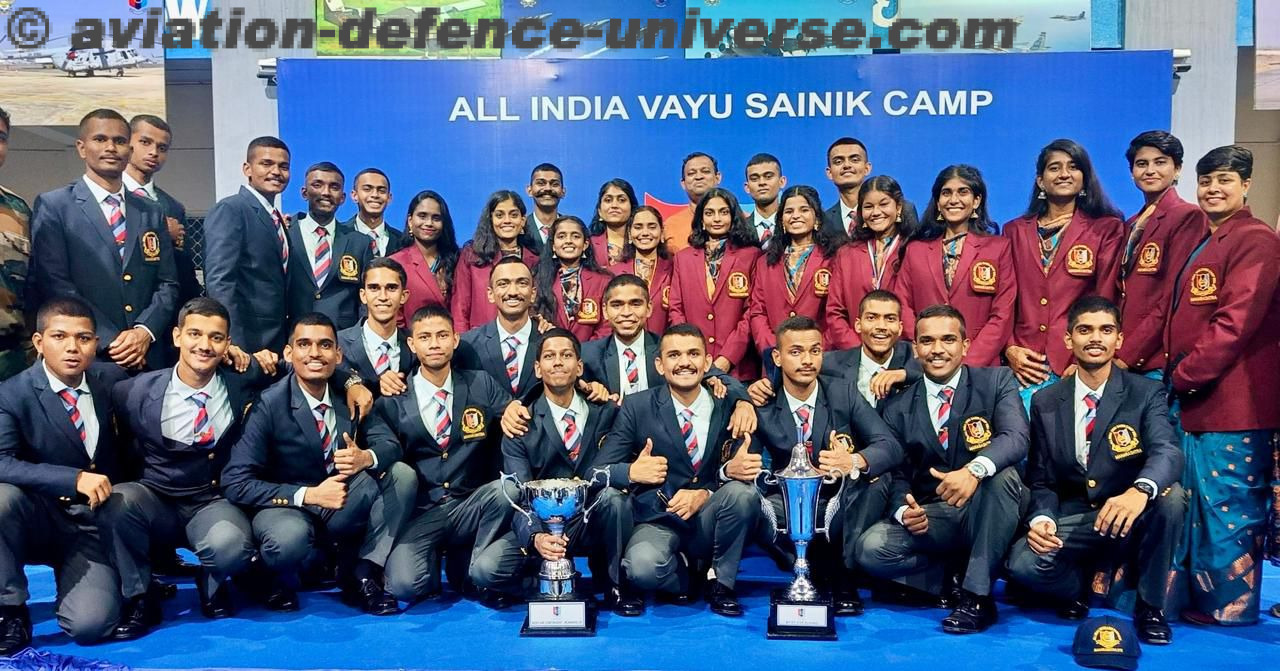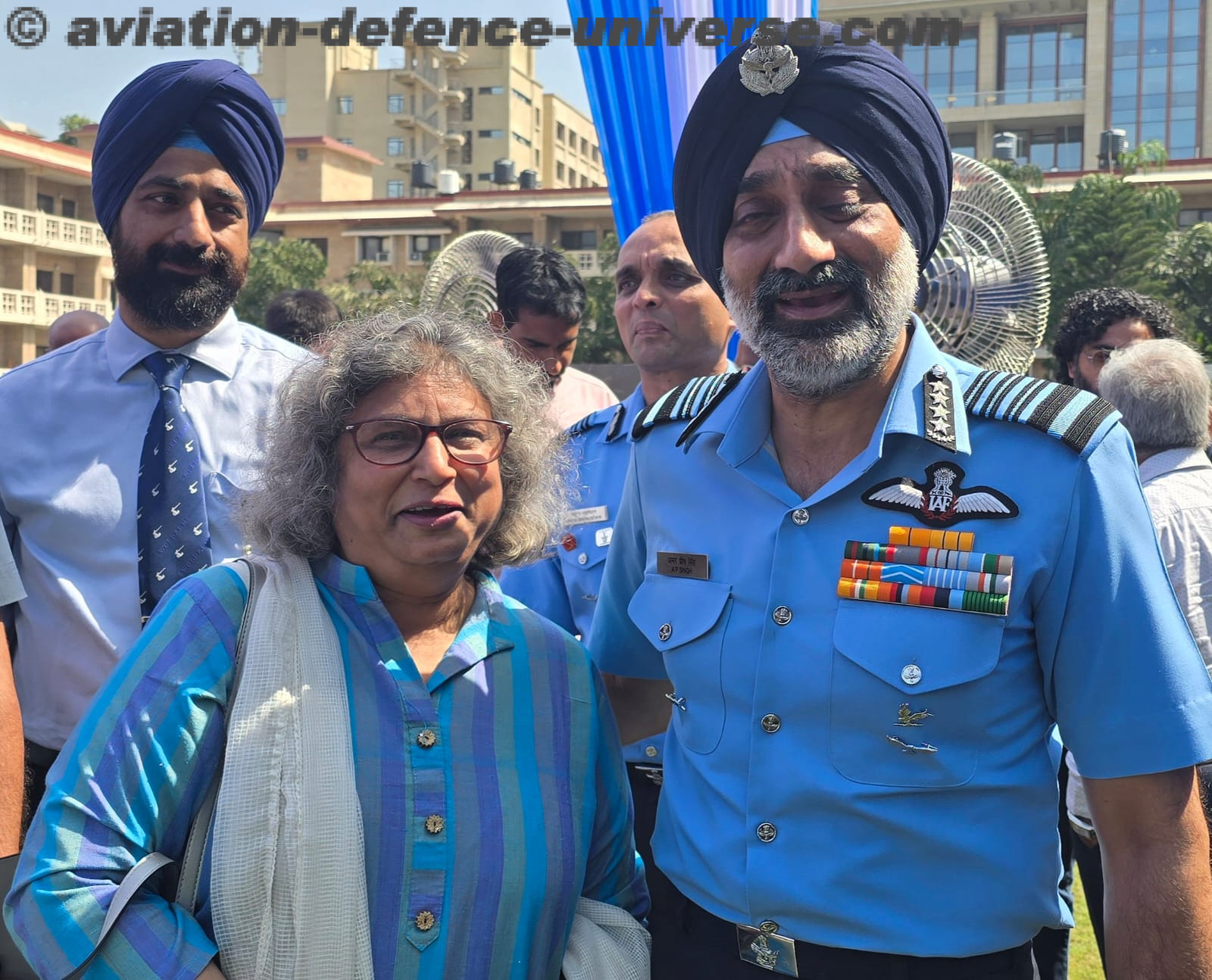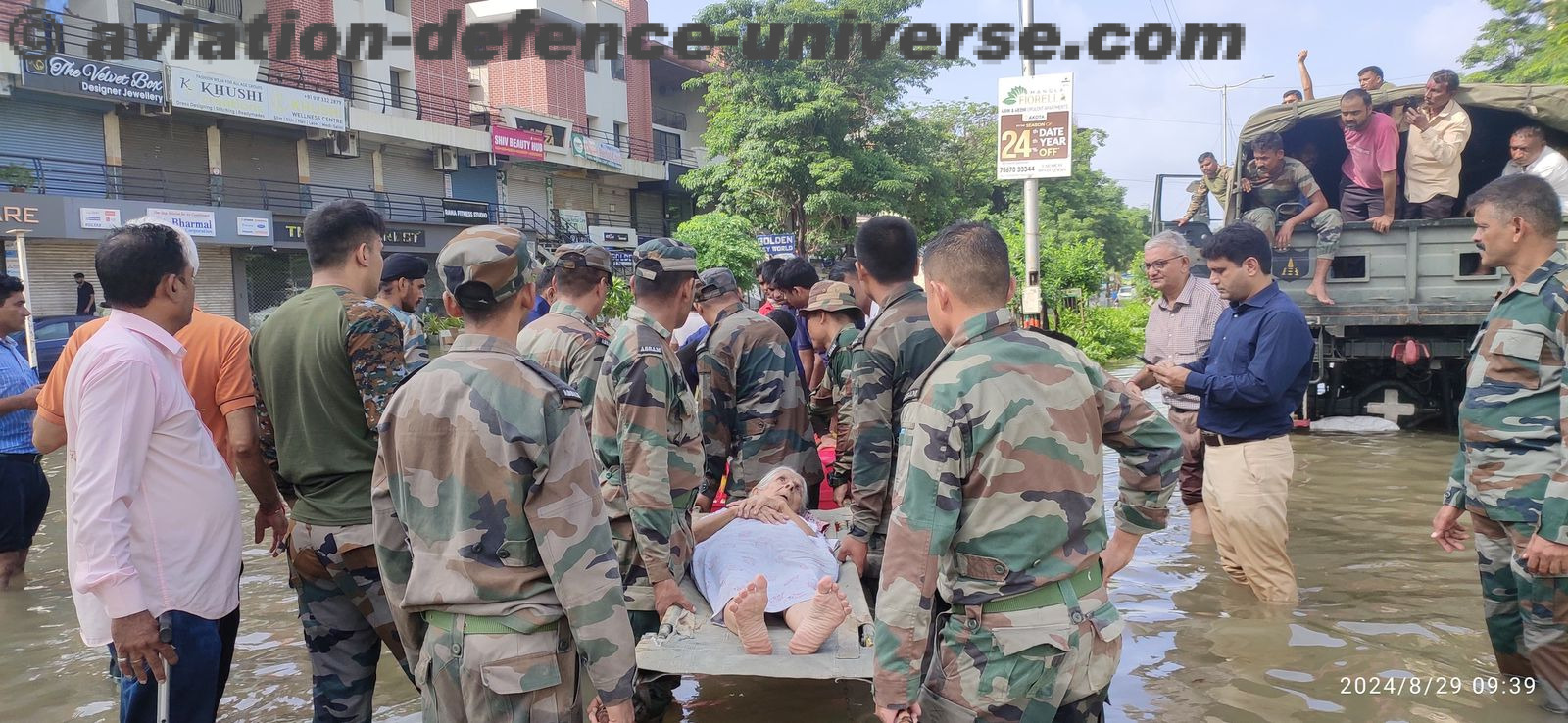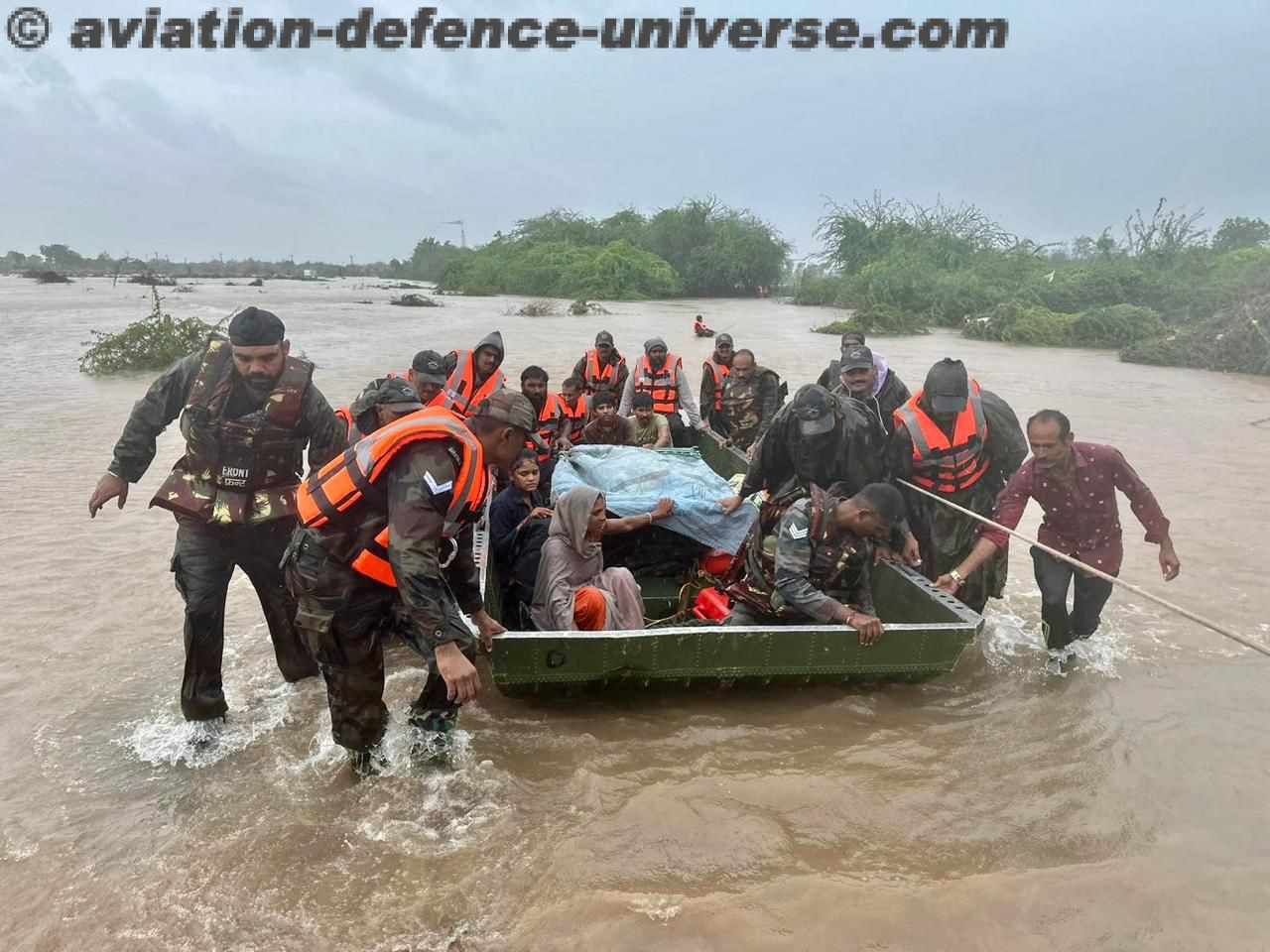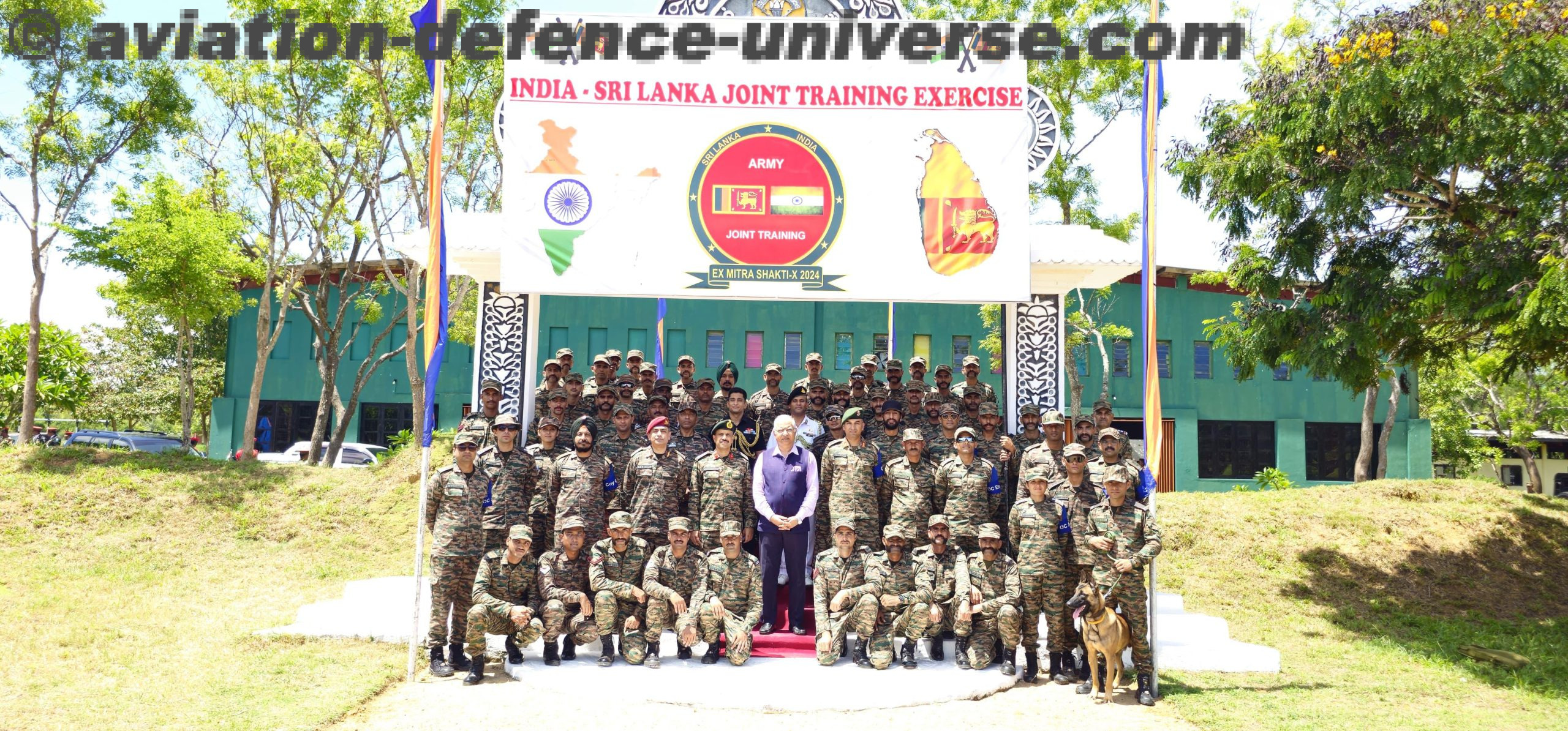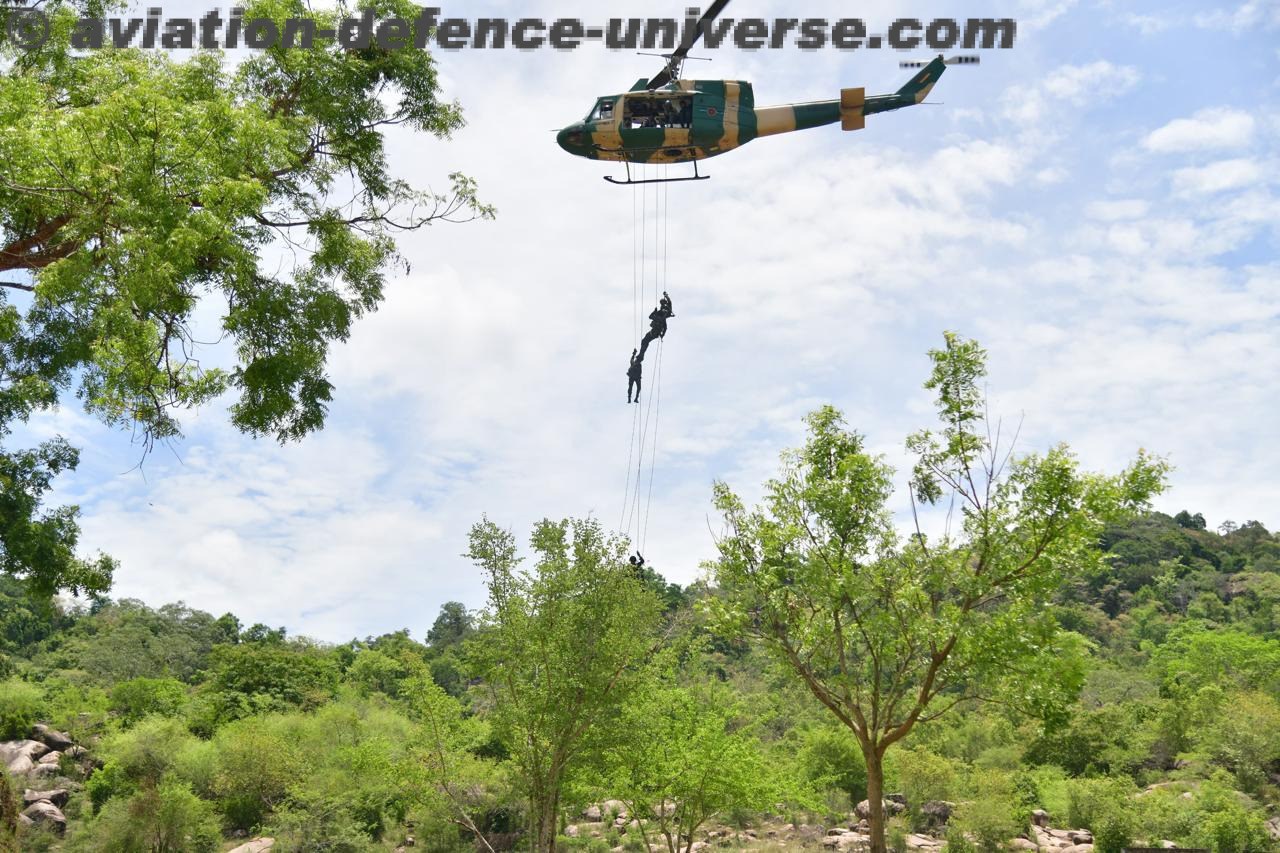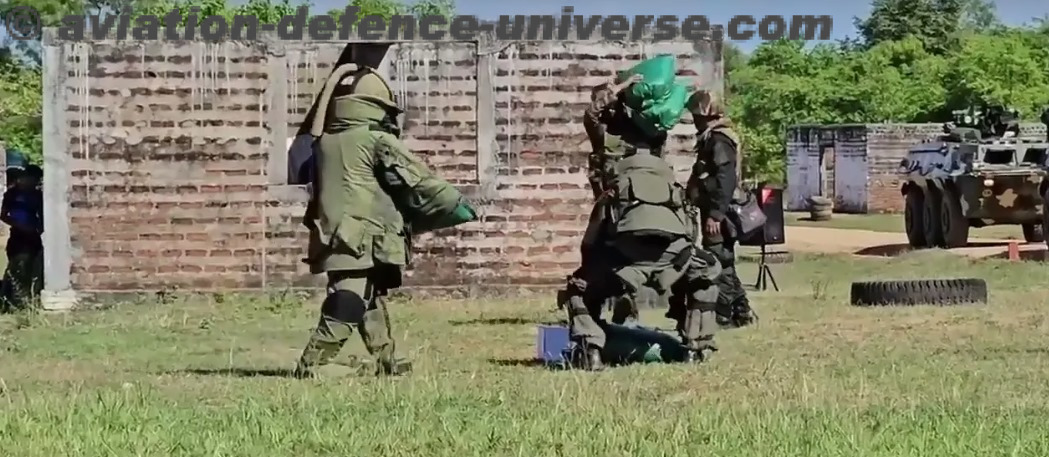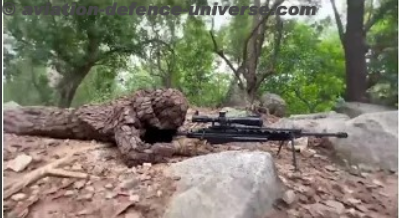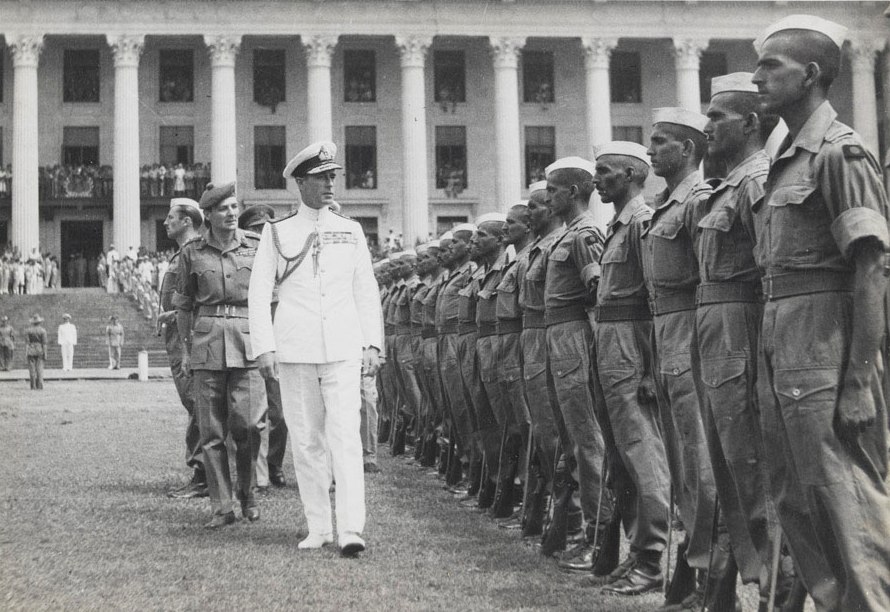
One of the most decorated and prestigious infantry regiments of the Indian Army, the Dogra Regiment, traces its roots directly to the 17th Dogra Regiment of the British Indian Army. It has been at the forefront of all the conflicts engaged by the Indian Army since independence and winning laurels.
The British inducted the Dogra youth of hill regions in Himachal Pradesh and Jammu of Jammu and Kashmir for their resilience and tenacity.
A SNAP SHOT OF THE DOGRA REGIMENT
1877 – Present
- Branch: Infantry
- Type Line: Infantry
- Regimental Centre: Faizabad, Uttar Pradesh
- Nickname: Gentlemen Warriors
- Motto: Kartavyam Anvatma (Duty Before Death)
- War Cry: Jwala Mata Ki Jai (Victory to Goddess Jwala)
- Regimental Insignia: Mascot: Tiger as it revered as the mount of the Goddess Durga, who is a widely worshipped deity in the Dogra Hills
History of Dogra Regiment
The Dogra Regiment traces its lineage to 1858, when Sir Fedrick Roberts, the commander and chief of India, impressed by the upright, loyal and extraordinary Rajput warriors decided to add a Dogra Regiment. The regiment was raised as Agra Levy by the British East India Company as part of the Bengal Army.
The second regiment 37 Dogras Bengal Infantry was added to the British Army on April 20, 1887.
In 1900, 41st Dogras, the third regiment was raised by the British Army.
The three separate British Dogra regiments were amalgamated in 1922 to form the 17th Dogra Regiment of the British Indian Army.
They were:
- 1st Battalion – formerly the 37th (Prince of Wales’s Own) Dogras
- 2nd Battalion – formerly the 38th Dogras
- 3rd Battalion – formerly the 1st Battalion, 41st Dogras
- 10th (Training) Battalion – formerly the 2nd Battalion as 41st Dogras
The digit ‘17th was dropped in 1945, Dogra Regiment became part of the Indian Army in 1947.
There are currently 19 battalions of the Dogra Regiment.
Post -Independence important operations and missions by Dogra Regiment
Some of the major operations conducted by this regiment include:
India-Pakistan War 1947-48
Major Prithvi Chand with only 40 volunteers from the 2nd Battalion, Dogra Regiment were assigned the near impossible task of crossing the Zojila Pass (11,575 ft) the second highest pass in the world, in winter with rifles and ammunition to assist the besieged Indian Army in Skardu, Leh. The troops completed the hazardous journey with success and the Pakistani raiders were repulsed.
Sino-Indian War 1962
The 4th Dogra Regiment fought the battle of Walong valiantly against the vastly superior and more prepared Chinese army.
India -Pakistan War of 1965
The Dogra Regiment were tasked to open the Punch-Kathua Road for the mobility of the Indian Army. The task was very challenging as they had to capture two Pakistani pickets, Raja and point 7702 (later name Chand Tekri). The posts were well stocked with rations and ammunition. The Paki army had mined and wired the area, and guarded it with deadly machine guns, bunkers and communication trenches.
Dogra Regiment under the able leadership of Maj. G.C Verma successfully sneaked past the Raja picket. After a fierce hand-to-hand and bunker-to-bunker fight, the enemy was uprooted from the strongly built defenses and the post was captured. Maj. G.C Verma though wounded in the head refused to be evacuated till the post was won.
In appreciation of the valour displayed by the battalion it was awarded the battle honour Chand Tekri and theatre honour of Jammu and Kashmir 1965. Maj G.C Verma was awarded the Vir Chakra posthumously.
India-Pakistani War of 1971
The Dogra Regiment shaped history in 1971 by capturing a strong fortified battalion-defended area of East Pakistan at Siramani. This was the flashpoint that broke the morale of the Pakistan Army and led to the liberation of East Pakistan and a triumph of the Indian army.
The battalion has to its credit 98 gallantry awards, one battle honour Siramani and one theatre honour of East Pakistan, 1971.
Kargil War or Operation Vijay 1999
Tiger Hill, the highest peak in the sector, had to be captured as it overlooked the road that was the main supply to Kargil and offered a surveillance point onto other nearby peaks. Additionally, it was a great vantage point for direct artillery fire. The 5th battalion fought in the Kargil War to capture Tiger Hill.
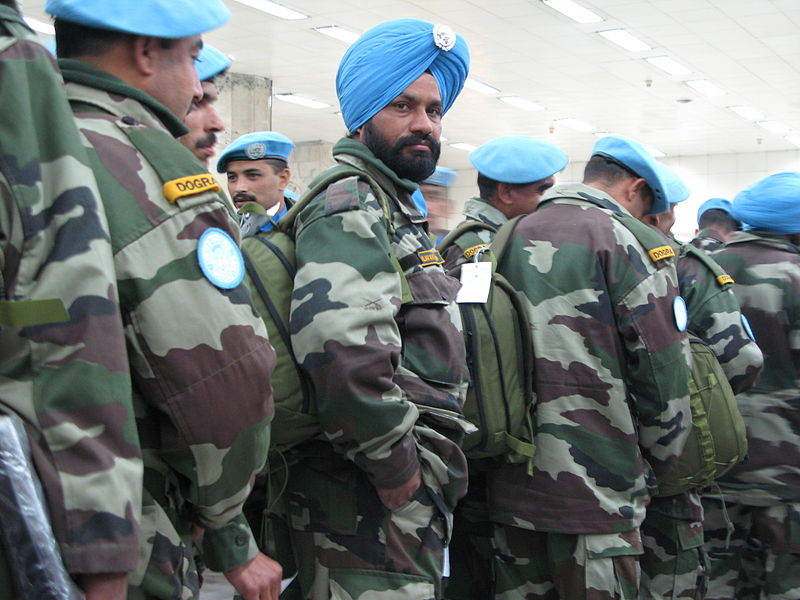
Source: wikipedia.org
UN Peacekeeping Missions
The Gentlemen Warriors have contributed in providing military observers and peace -keeping operations around the world. The prominent ones are Gaza Strip, Korea and Congo.
Troop composition:
With a fixed class composition, the Dogra Regiment recruits 50% from Himachal Pradesh, 25 % from Jammu and Kashmir, the rest from Hoshiarpur, Nawanshahr. Pathankot, and Rupnagar districts of Punjab.
Regimental Centre
The Dogra Regimental Centre was established in Meerut in 1952. It was moved to Faizabad Cantonment, in 1976 where it is currently located.
Units
- 2nd Battalion – The Great Second
- 3rd Battalion – Mighty Third
- 4th Battalion – Char Satara
- 5th Battalion – Five The Formidable
- 6th Battalion – Soaring Six
- 7th Battalion – Unbeaten Seven
- 8th Battalion – Elite Eight
- 9th Battalion – Suadih Paltan
- 10th Battalion
- 11th Battalion – Elite Eleven
- 12th Battalion – Towering Twelfth
- 13th Battalion – Siramani
- 14th Battalion – Fabulous Fourteen
- 15th Battalion – Fighting Fifteenth
- 16th Battalion – Sovereign Sixteen
- 17th Battalion – Smashing Seventeen
- 18th Battalion – Ashok Chakra Paltan
- 19th Battalion – Dynamic Nineteen
- 20th Battalion – Leaping Tigers
- 21st Battalion – Roaring Twenty-one
- Dogra Scouts
- 11 Rashtriya Rifles
- 20 Rashtriya Rifles
- 40 Rashtriya Rifles
- 62 Rashtriya Rifles
The regiment also has 4 Territorial Army battalions:
- 112th Infantry Battalion (based at Jalandhar, Punjab)
- 153rd Infantry Battalion (based at Meerut, Uttar Pradesh)
- 159th Infantry Battalion (based at Thalela, Jammu and Kashmir)
- 130th Infantry Battalion (based at Shimla, Himachal Pradesh)
Quick Interesting fact:
- 1st Battalion was altered in 1981 into the 7th Battalion, Mechanised Infantry Regiment
- The 4th battalion has the added honour of being the foremost battalion of the Indian Army to be positioned on the Siachen Glacier.
The History of Wars, Battles and Operation of Dogra Regiment
- 1st Anglo-Afghan War
- 2nd Anglo-Afghan War
- World War I
- World War II
- Indo-Pakistani War of 1947-1948
- Sino-Indian War
- Indo-Pakistani War of 1965
- Indo-Pakistani War of 1971
- Kargil War
Decorations Honours and Awards Post -Independence by the Gorkha Regiment.
They also have the distinction of being a recipient of 2 Victoria Crosses earned in the pre-independence era.
The various Awards and Honours
- 2 Victoria Cross
- 44 Military Cross
- 1 Ashoka Chakra
- 13 Maha Vir Chakras
- 18 Kirti Chakras
- 16 Yudh Seva Medal
- 46 Vir Chakras and 1 Bar
- 1 Padma Bhushan
- 2 Padma Shri
- 21 Uttam Yudh Seva Medal
- 24 Param Vishisht Seva Medal
- 38 Ati Vishisht Seva Medal and 3 bar
- 58 Shaurya Chakras
- 337 Sena Medals and 15 bar
- 31 Vishisht Seva Medal
- 89 Mention-in-Despatches and
- 313 Chief of Army Staff Commendation Cards
Battle honours
- Jhangar,
- Rajauri,
- Uri,
- Asal Uttar,
- Haji Pir,
- Raja Picquet,
- OP Hill,
- Siramani,
- Suadih,
- Dera Baba Nanak and
- Chandgram
- Theatre Honours
- Jammu and Kashmir 1948,
- Punjab 1965 and
- Punjab 1971
Snippets
- Dr Karan Singh, last maharaja of Jammu and Kashmir wrote the Dogra Regiment’s regimental song, ‘Dikhi Lai Dogra Desh‘.
- Maharaja Hari Singh, the last ruler of Jammu and Kashmir, was a Dogra.
- General Nirmal Chander Vij, the 21st Chief of the Army Staff, was from the Dogra Regiment.
- In the field of sports and games, it produced six national-level players and twelve service-level players.





